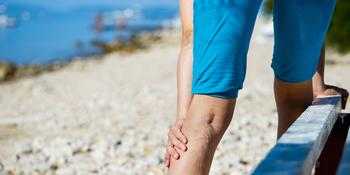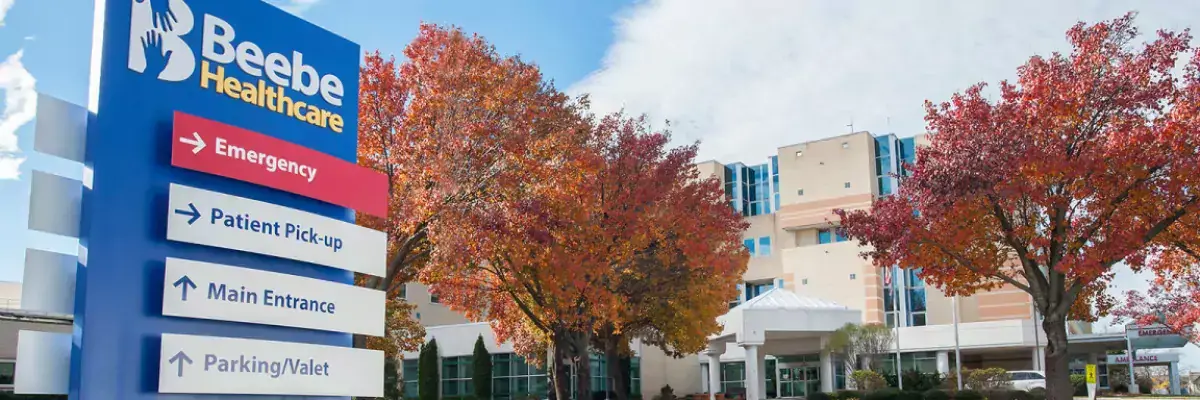Should I Worry About My Varicose Veins?

Those bulging purple and blue clusters of veins that snake across your legs might be unsightly, but could they also be a sign of a larger health issue?
Beebe's team of vascular specialists are able to look at ultrasound images of your veins and map potential future health issues, including life-threatening conditions such as deep vein thrombosis (DVT).
In many cases vein issues and varicose veins are taken care of as a cosmetic issue, however for some people, varicose veins can cause leg pain or achiness.
In some cases, varicose veins could lead to ulcers, blood clots, and bleeding.
Skin ulcers are discolored areas of the skin that become painful. They are generally found near varicose veins, often on the ankles. See your doctor immediately if you suspect you have an ulcer.
Blood clots and deep vein thrombosis (DVT) can happen when veins deep within the legs become enlarged. In these cases, you would feel pain in your legs and could also notice swelling. These could indicate a blood clot and you should see your doctor immediately.
In some cases, varicose veins and other veins near the surface of the skin could burst, This usually causes minor bleeding, however if you notice burning or pain at the site of a burst vein, see your doctor immediately.
In addition to these health concerns, the presence of new or widening varicose veins could be a reason to see your doctor to talk about your lifestyle and what you can do to minimize new or worsening varicose veins.
There are some changes you can make in your daily routine to help ease varicose veins, such as moving regularly, eating a healthy diet and maintaining a healthy weight, avoiding tight clothes and hosiery, elevating your legs, and reducing your salt intake.
